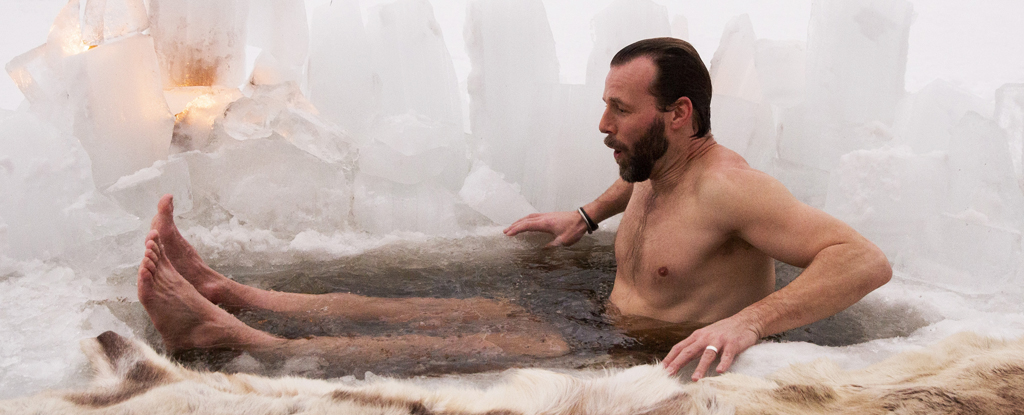Cold water therapy has become a popular activity among many people, who believe it to be beneficial for both their mental and physical health. This practice can take various forms, such as outdoor swimming, cold showers, and ice baths. Athletes have been using cold water therapy for a while as a way to reduce muscle soreness and speed up recovery time. Those who practice cold water therapy believe that it can also help alleviate symptoms of depression, pain, and migraine.
Potential Risks of Cold Water Therapy
While some studies have shown the benefits of cold water therapy, research from 2014 found that there could be a placebo effect at play. Furthermore, research into the potential benefits of cold water therapy is still in its early stages, and it is unclear whether there is a certain duration or temperature that works best. What is clear, however, is that cold water immersion can have potentially harmful effects on the human body.
One of the risks associated with cold water immersion is non-freezing cold injury, which can cause pain, altered sensation, and cold sensitivity that can persist for many years. It is caused by prolonged exposure to cold and wet conditions, such as those experienced by soldiers in trenches during wars. Although cold water therapy is less hazardous in showers and baths due to greater control over temperature and exposure time, they still pose significant risks.
It is also unclear how cold is too cold when it comes to cold water immersion and non-freezing cold injury. Differences in the way our individual bodies respond to cooling can also affect the risks of cold exposure. For example, those from African and Caribbean backgrounds seem to be more susceptible to non-freezing cold injury.
Considerations for Safe Cold Water Therapy
While cold water therapy can be beneficial, it is important to take precautions and safety measures. Before trying cold water therapy, consult with a doctor to ensure it is safe for you to do so. Additionally, do not go alone and ensure that the water is safe, especially when swimming outdoors, by considering tides, currents, waves, underwater obstacles, pollution, and jellyfish. Plan how to get in and out of the water safely, as muscles may not work as well when cold, and hands and feet may not be able to feel. Know how to get warm afterward, with towels, dry clothes, windproofs, a hot drink, and a place to shelter. Finally, only stay in cold water for a short period and get out before experiencing numbness, pain, or shivering.
Overall, cold water therapy can have potential benefits, but it is important to be aware of the risks and take necessary safety measures.



Leave a Reply